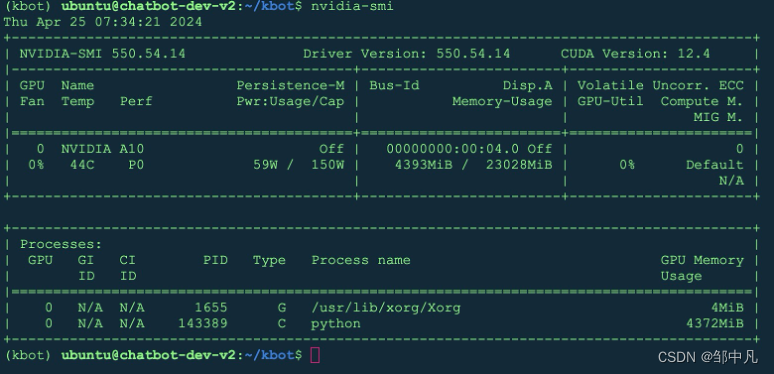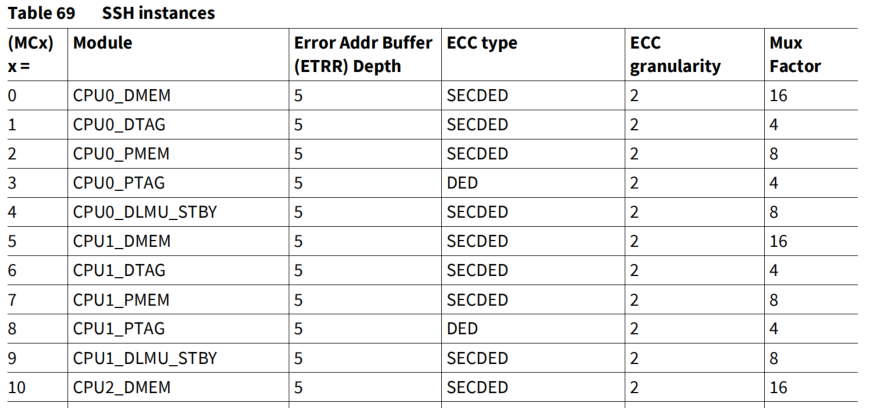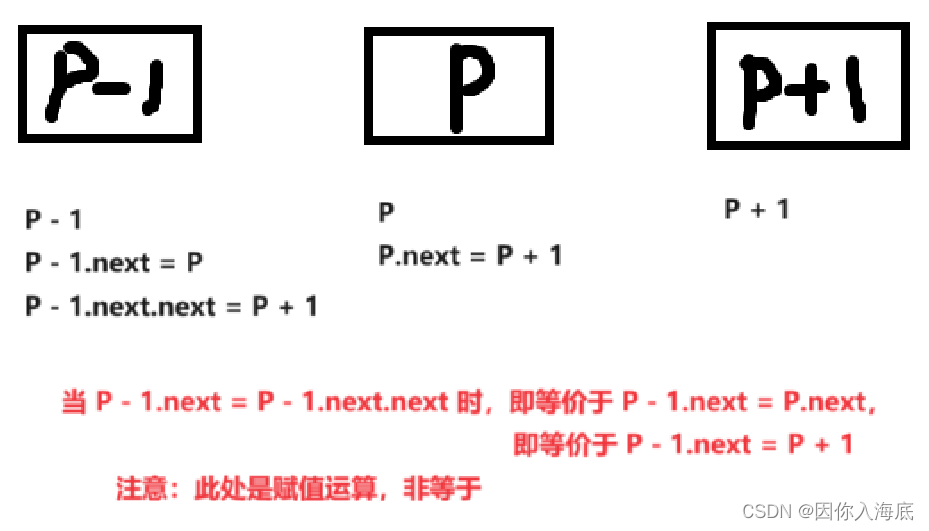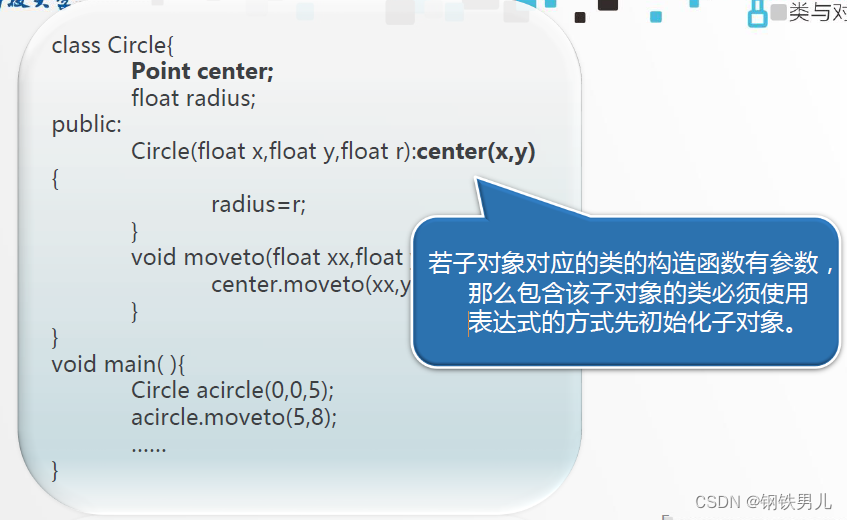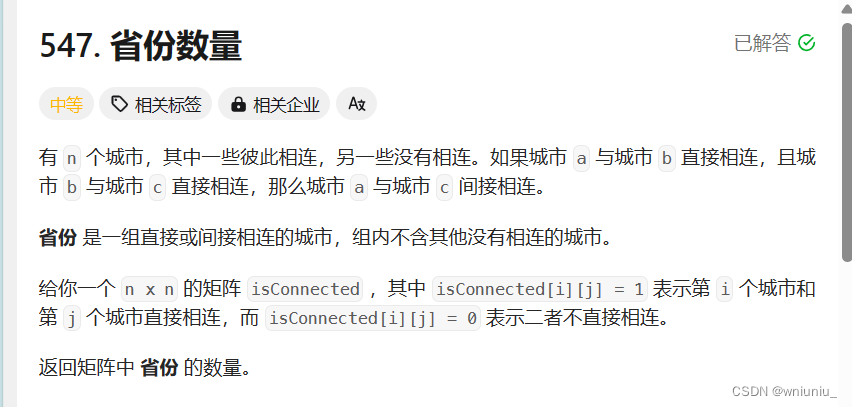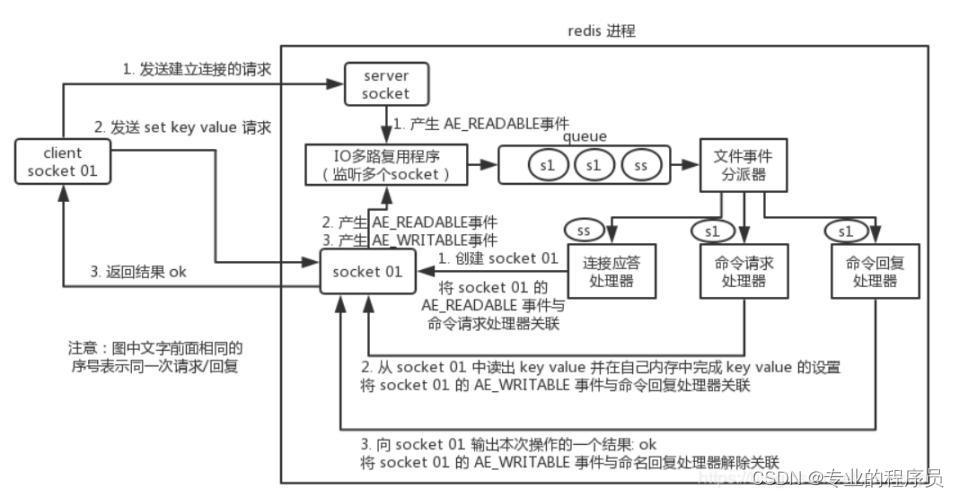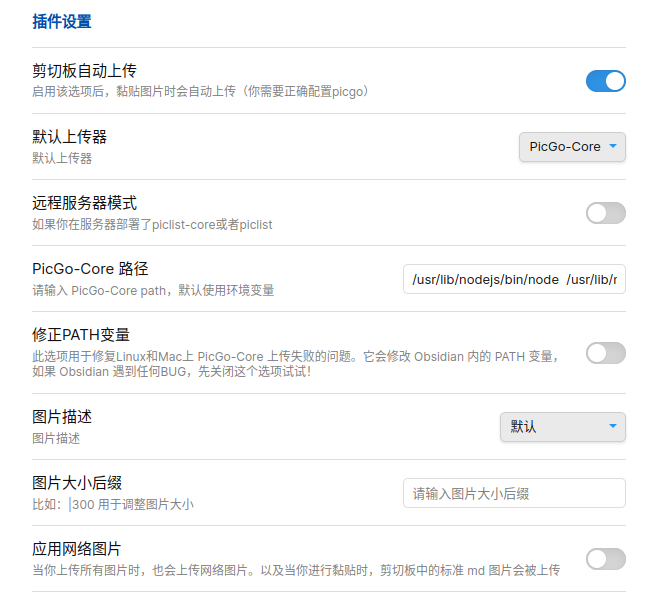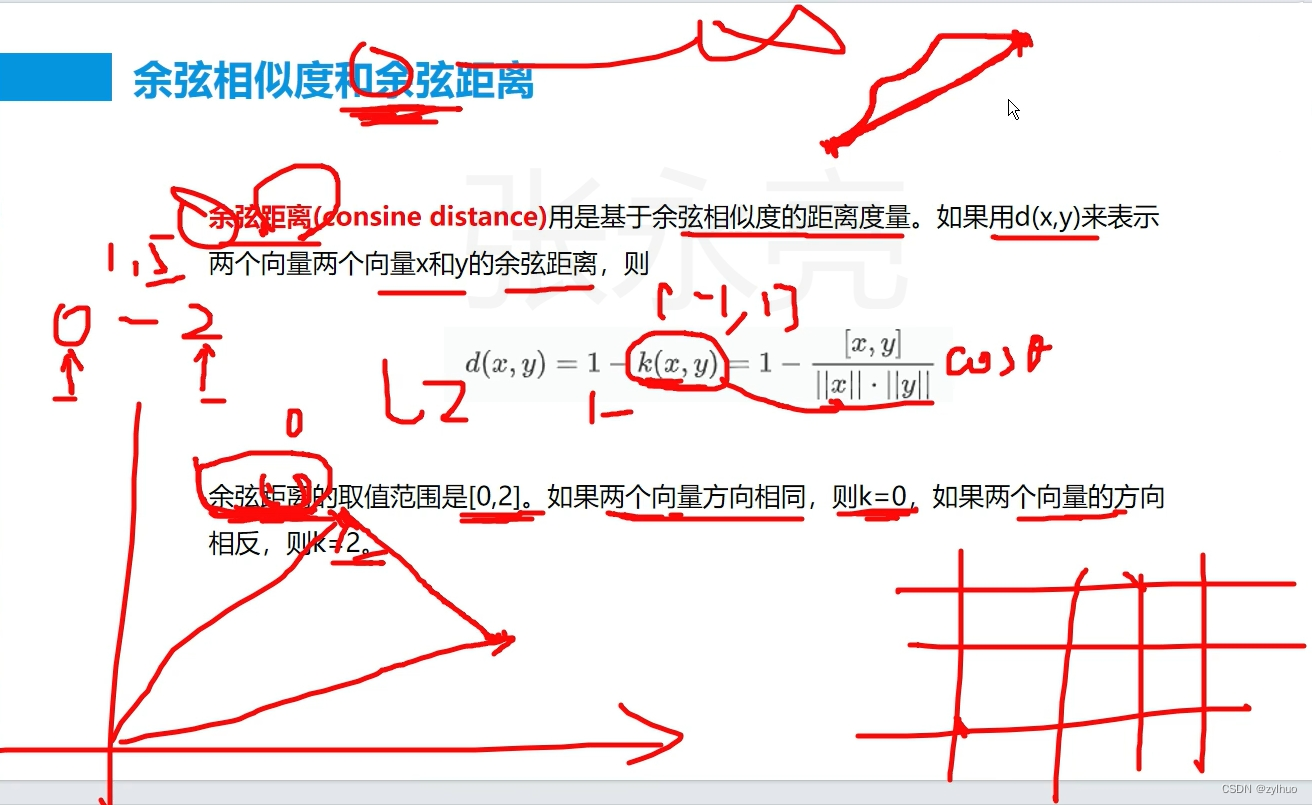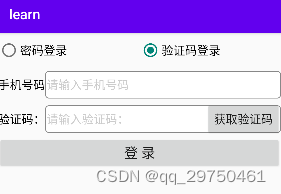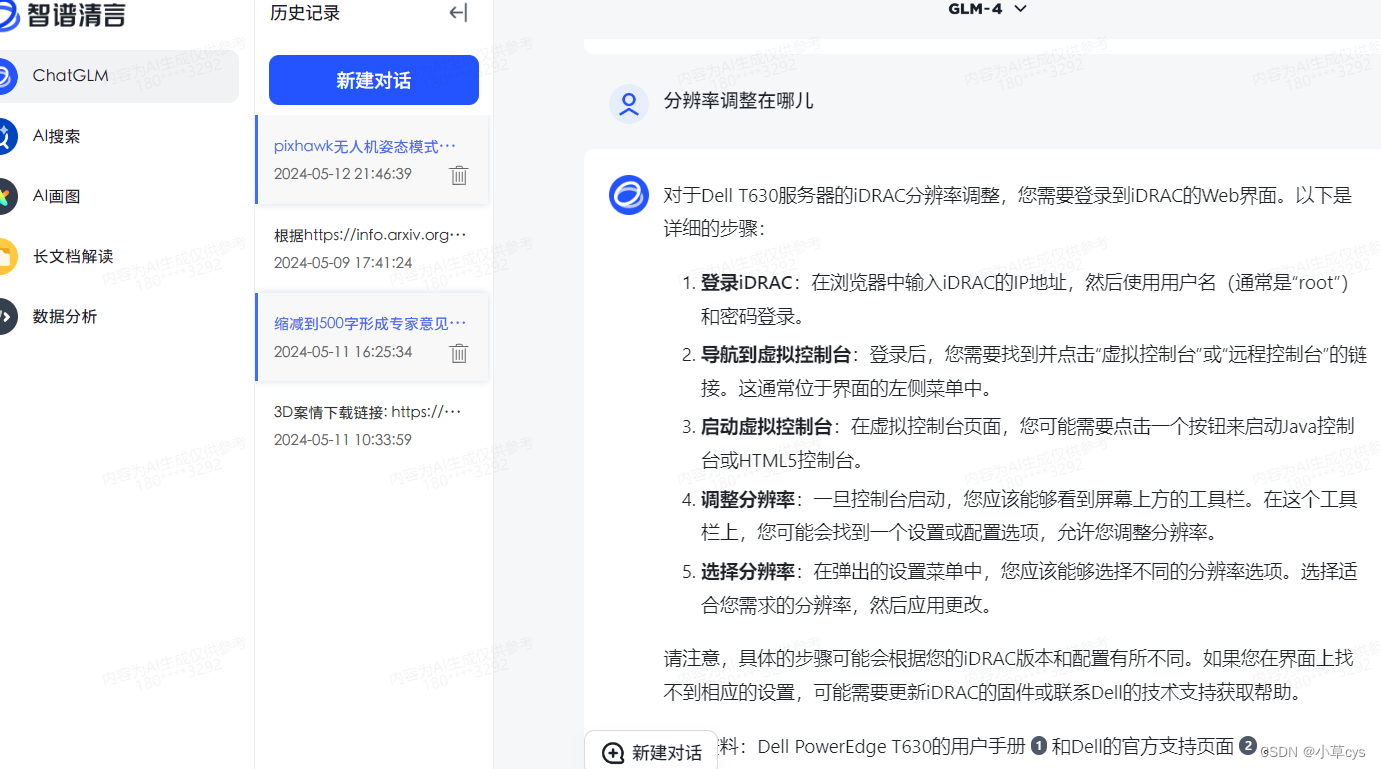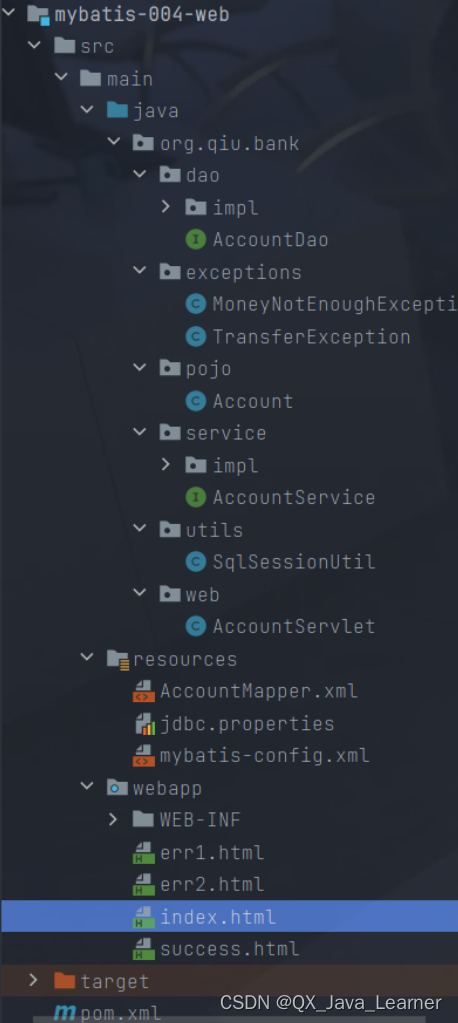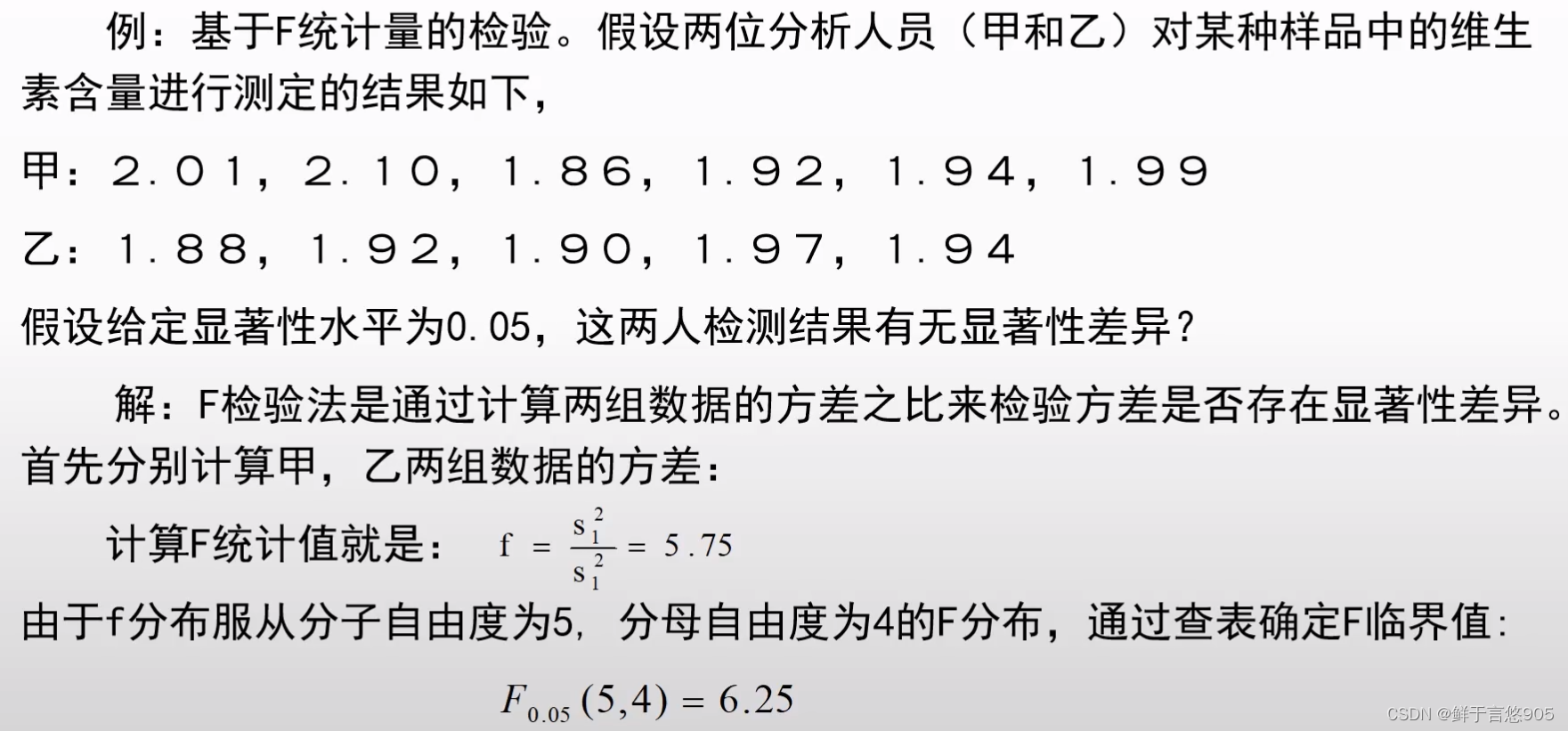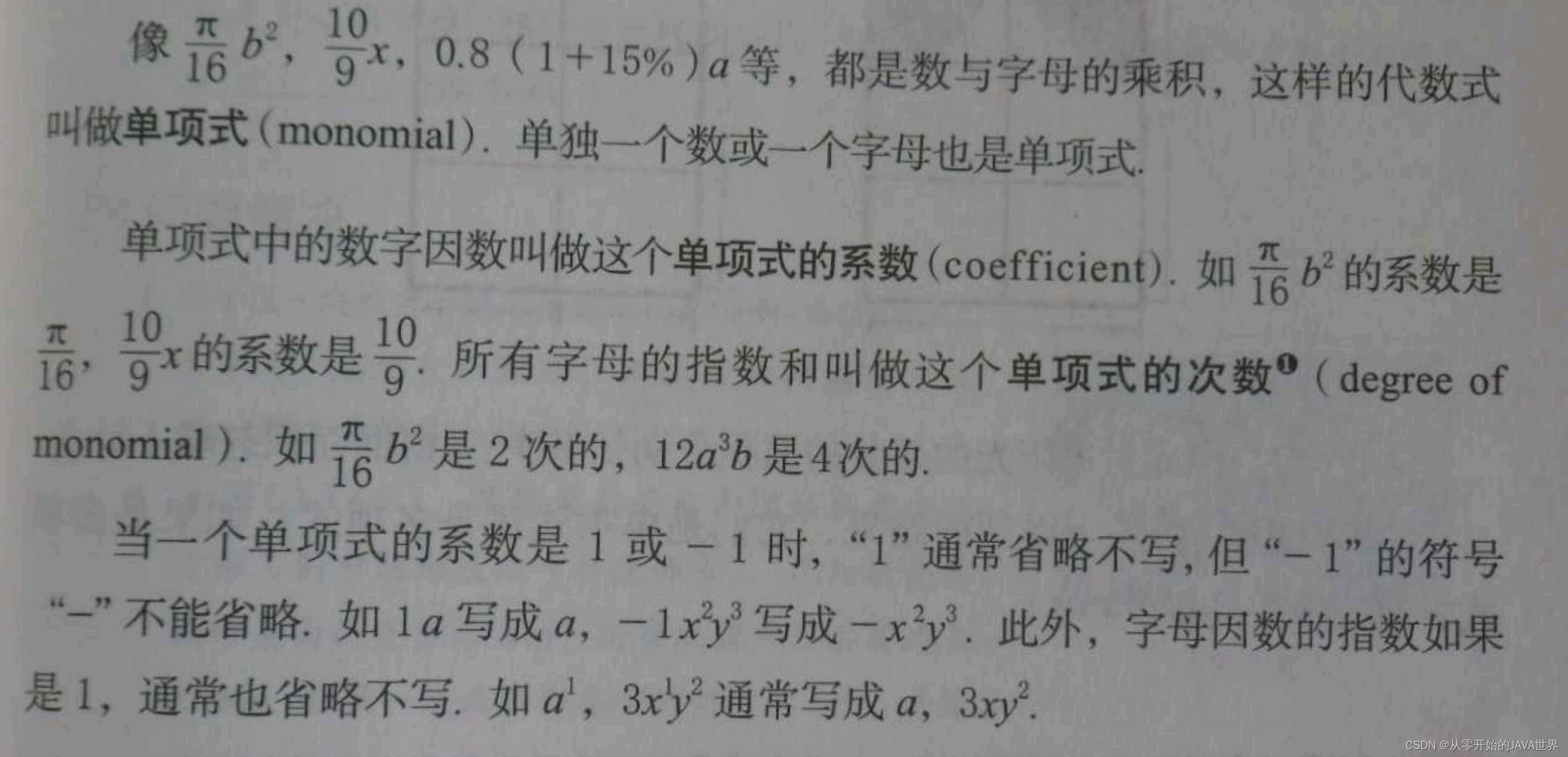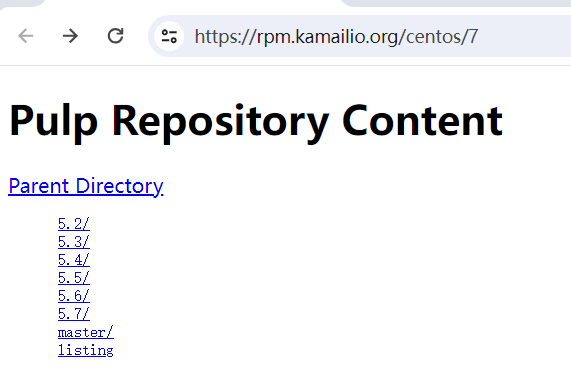利用github pages建立Serverless个人博客
概述
使用github pages,可以在github上部署静态网站。利用这个功能,可以很方便地实现个人博客的发布托管。
比如我的个人博客:Buttering’s Blog
对应代码仓库:buttering/EasyBlog: 自动将本地博客部署到github中展示
相关技术
1. 博客处理
采用go语言对md格式的博客进行处理,主要目的是处理文档中的图片,将其保存在图床,并将文档中的图片链接替换为图床链接。
2. 图床
采用github仓库直接作为图床。图片和博客存放在同一个仓库中。
3. Hexo博客框架
Hexo是一个快速、简洁且高效的博客框架,能很方便地生成静态的博客网站。采用Fluid主题。
4. CI/CD流程
采用github actions,自动实现博客上传后网站的生成和部署。
5. 更多功能
-
使用hexo-renderer-markdown-it-plus插件,实现对latex的支持。
-
使用giscus评论插件,利用github discussions实现博客的评论功能。
-
使用LeanCloud实现访问统计。
-
展示网站运行时长
实现
0. 项目框架
项目所有文章和图片都位于同一个github仓库中:
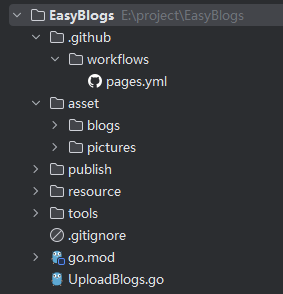
- .github:存放github action的配置文件
- asset:存放处理后的博客和图片,pictures起到了图床的作用
- publish:Hexo部署在此子目录
- resource:存放githubPub公钥
- tools:一些自己写的工具函数
- UploadBlogs:实现博客处理和自动push的脚本
1. 博客预处理
对md格式的博客进行预处理,使用正则表达式提取其中的图片路径:
- 对于本地图片,直接将其拷贝到asset/pictures目录中;
- 对于网络图片,将其下载在asset/pictures目录中。
在pictures目录中,对文章名和图片进行了哈希处理,如图:
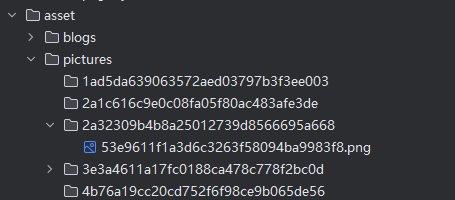
博客则直接按照原文件名放在blogs目录下。
博客中图片的链接会被替换为形如 https://raw.githubusercontent.com/buttering/EasyBlogs/master/asset/pictures/bdf03a9b9bdacaaf60d1f899c0222865/74d51bfa109b4065ccb3ba37b6922bb3.png的url。
raw.githubusercontent.com 是github用来存储用户上传文件的服务地址。
package mainimport ("EasyBlogs/tools""fmt""github.com/go-git/go-git/v5""github.com/go-git/go-git/v5/plumbing/object""github.com/go-git/go-git/v5/plumbing/transport/ssh""io""log""net/http""net/url""os""path""path/filepath""regexp""strings""time"
)type markdownPicture struct {isUrl boolsourcePicturePath stringstart int // md中源图片路径的起始偏移量end inthashName string // 均将包含后缀的文件名进行hash,且后拼接上原有后缀名targetUrl string // 修改后在github仓库中的url
}type Blog struct {name stringhashName stringpictures []markdownPicturedirectoryPath string // 源文件文件夹路径legal bool // 成功通过解析
}var (BLOG_PATH stringPICTURE_PATH stringREPOSITORY_URL string
)func getBlogList(path string) (blogsList []Blog) {blogsList = make([]Blog, 0, 10)fileList, err := os.ReadDir(path)if err != nil {panic(err)}for _, file := range fileList {if !file.IsDir() && filepath.Ext(file.Name()) == ".md" {fileName := file.Name()blogsList = append(blogsList, Blog{fileName, tools.Hash(fileName), nil, path, false})}}return
}func extractPicture(blog *Blog) {isUrl := func(path string) bool {return strings.HasPrefix(path, `http://`) || strings.HasPrefix(path, `https://`)}content, err := os.ReadFile(filepath.Join(blog.directoryPath, blog.name))if err != nil {println(err)return}re, _ := regexp.Compile(`!\[.*?]\((.*?)\)`)matches := re.FindAllSubmatchIndex(content, -1)for _, match := range matches {start := match[2]end := match[3]picturePath := string(content[start:end])var pictureName stringif isUrl(picturePath) {u, err := url.Parse(picturePath)if err != nil {println("解析图片url:", picturePath, " 失败")continue}pictureName = path.Base(u.Path)} else if filepath.IsAbs(picturePath) {pictureName = filepath.Base(picturePath)} else { // 相对路径的本地文件picturePath = filepath.Join(blog.directoryPath, picturePath)pictureName = filepath.Base(picturePath)}hashName := tools.Hash(pictureName) + path.Ext(pictureName)blog.pictures = append(blog.pictures,markdownPicture{isUrl(picturePath),picturePath,start,end,hashName,REPOSITORY_URL + "/" + blog.hashName + "/" + hashName,},)}blog.legal = true
}func copyBlog(blog *Blog) {fmt.Println("拷贝博客:“" + blog.name + "”")blogTargetPath := filepath.Join(BLOG_PATH, blog.name)pictureTargetPath := filepath.Join(PICTURE_PATH, blog.hashName)if _, err := os.Stat(blogTargetPath); !os.IsNotExist(err) {println("文章“" + blog.name + "”已经存在")blog.legal = falsereturn}if err := os.Mkdir(pictureTargetPath, 0777); err != nil {println("为博客“" + blog.name + "”创建对应picture文件夹失败")blog.legal = falsereturn}content, _ := os.ReadFile(filepath.Join(blog.directoryPath, blog.name))offset := 0for _, picture := range blog.pictures {start := picture.start + offsetend := picture.end + offsetcontent = append(content[:start], append([]byte(picture.targetUrl), content[end:]...)...)offset += len(picture.targetUrl) - (end - start)}err := os.WriteFile(blogTargetPath, content, 0644)if err != nil {println("复制文件“" + blog.name + "”错误")blog.legal = false}}func copyPicture(blog Blog) {pictureTargetPath := filepath.Join(PICTURE_PATH, blog.hashName)for _, picture := range blog.pictures {fmt.Println("导入图片:“" + picture.sourcePicturePath + "”")var sourceFile interface{}if picture.isUrl {for i := 0; i < 5; i++ {response, err := http.Get(picture.sourcePicturePath)if err == nil && response.StatusCode == http.StatusOK {sourceFile = response.Bodybreak}time.Sleep(50 * time.Millisecond)}if sourceFile == nil {println("下载图片“" + picture.sourcePicturePath + "”失败")continue}} else {file, err := os.Open(picture.sourcePicturePath)if err != nil {println("打开图片“" + picture.sourcePicturePath + "”失败")continue}sourceFile = file}destinationFile, _ := os.Create(filepath.Join(pictureTargetPath, picture.hashName))_, err := io.Copy(destinationFile, sourceFile.(io.Reader))if err != nil {println("复制图片“" + picture.sourcePicturePath + "”失败")}}
}func gitOperate(blogList []Blog) {if len(blogList) == 0 {return}repositoryPath, _ := filepath.Abs(".")r, err := git.PlainOpen(repositoryPath)if err != nil {println("打开仓库失败")return}w, err := r.Worktree()if err != nil {println("打开仓库失败")println(err.Error())return}_, err = w.Add("./asset")if err != nil {println("向仓库添加文件失败")println(err.Error())return}status, _ := w.Status()println("git 状态:")println(status.String())nameList := tools.Map(blogList, func(blog Blog) string {return blog.name})var summary stringif len(nameList) == 1 {summary = fmt.Sprintf("提交文件 [%s]", blogList[0].name)} else {summary = fmt.Sprintf("提交 %d 个博客\n"+"\n"+"文件列表: [%s]",len(blogList),strings.Join(nameList, ", "),)}commit, err := w.Commit(summary, &git.CommitOptions{Author: &object.Signature{Name: "Wang",When: time.Now(),},})obj, _ := r.CommitObject(commit)fmt.Println("提交文件:")fmt.Println(obj.String())// user必须是"git"。。。困扰了半天,最后查issue发现的。真够郁闷的。privateKey, err := ssh.NewPublicKeysFromFile("git", "./resource/githubPublicKey", "")if err != nil {println(err.Error())}for i := 0; i < 3; i++ {err = r.Push(&git.PushOptions{RemoteName: "origin",RemoteURL: `git@github.com:buttering/EasyBlogs.git`,Auth: privateKey,Progress: os.Stdout,})if err == nil {break}println("第 %d 次上传失败")}if err != nil {println("重试次数已达上限,上传失败")return}fmt.Println("提交成功!")
}func init() {path, _ := filepath.Abs(".")BLOG_PATH = filepath.Join(path, "asset", "blogs")PICTURE_PATH = filepath.Join(path, "asset", "pictures")REPOSITORY_URL = `https://raw.githubusercontent.com/buttering/EasyBlogs/master/asset/pictures`
}func main() {filePath := "E:/desktop/blog"//yamlPath := "./asset/blogs-list.yaml"blogList := getBlogList(filePath)for i := range blogList {extractPicture(&blogList[i])copyBlog(&blogList[i])copyPicture(blogList[i])}if len(blogList) == 0 {return}// 改用github page进行博客部署,不需要额外记录博客信息//yamlOperate(yamlPath, blogList)//dbOperate(blogList)gitOperate(blogList)}2. 引入Hexo框架
Hexo框架的使用方式很简单,只需使用Hexo CLI建立基本框架,而后将博客和相关资源移入指定文件夹,然后运行Hexo服务器即可。这里为实现Serverless,后两部交由github action实现。
安装Hexo并初始化站点
保证电脑中安装了Node.js。Hexo的部署目录为publish。
npm install -g hexo-cli
nexo init publish
cd publish
npm install
执行后,Hexo会自动在publish目录建立一个空白站点,目录如下:
.
├── _config.yml
├── package.json
├── scaffolds
├── source
| └── _posts
└── themes
- _config.yml:站点的配置文件
- _posts:Hexo会自动将其中的文档转化为静态资源
- themes:主题文件夹
安装fluid主题
初始的Hexo站点已经很完善了,但是为了更加个性化,安装了fluid主题:配置指南 | Hexo Fluid 用户手册 (fluid-dev.com)
# 仍是在publish目录
npm install --save hexo-theme-fluid
然后在博客目录下创建 _config.fluid.yml,将主题的 _config.yml(位于publish\themes\fluid_config.yml)内容复制进去。这个_config.fluid.yml是主题的覆盖配置,之后要自定义主题,只需修改其中的内容即可。
修改publish下的_config.yml如下:
theme: fluid # 指定主题
language: zh-CN # 指定语言,会影响主题显示的语言,按需修改
最后创建主题的关于页
hexo new page about
测试博客
自此,一个本地的博客网站即搭建成功,可以尝试手动将文档移入_post文件夹,而后在命令行内的 publish 文件夹下运行 hexo g 和 hexo s ,就可以在浏览器看到博客。
最后记得使用hexo clean 清空生成的文件,避免影响到后面的部署。
3. github actions配置
在预处理函数的最后一步,实现了git的自动提交和推送。在成功向github推送后,就轮到github action实现博客网站的自动部署了。
配置github仓库
首先将本地的git仓库上传至github,且设置为公开。
进入github 项目的设置页面开启page功能。设置Source为GitHub Actions。
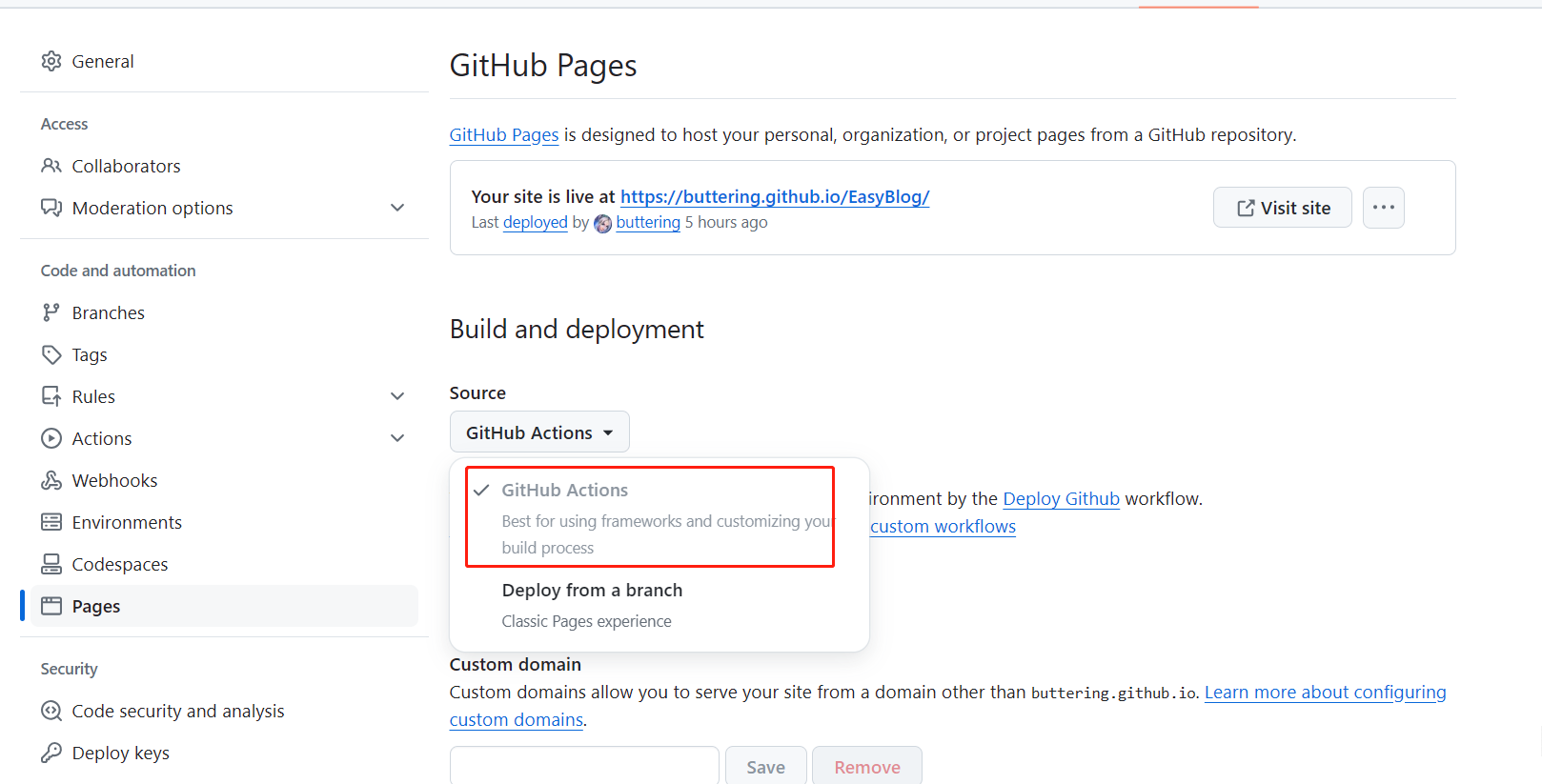
编写actions脚本文件
回到本地,在项目根目录创建 .github/workflows/xxx.yml 文件。
这里需要一些github actions的知识,简单地说 Actions 就是在设定的时机触发创建一个虚拟云环境,然后执行一连串动作,从而实现自动部署的功能。
可以直接复制以下内容:
name: Deploy Github# 在master分支发生push事件时触发。
on:push:branches:- masterworkflow_dispatch:jobs:build:runs-on: ubuntu-lateststeps:- name: 检出仓库uses: actions/checkout@v4- name: Install pandocrun: |cd /tmpwget -c https://github.com/jgm/pandoc/releases/download/2.14.0.3/pandoc-2.14.0.3-1-amd64.debsudo dpkg -i pandoc-2.14.0.3-1-amd64.deb- name: 安装Node.js 18uses: actions/setup-node@v4with:node-version: '18'- name: Cache NPM dependenciesuses: actions/cache@v4with:path: node_moduleskey: ${{ runner.OS }}-npm-cacherestore-keys: |${{ runner.OS }}-npm-cache- name: 安装相关依赖working-directory: publishrun: |npm install --silent --no-fundnpm un hexo-renderer-marked --savenpm i hexo-renderer-markdown-it-plus --save- name: 复制博客文件run: |cd publishrm -rf source/_postsmkdir source/_postscp -rf ../asset/blogs/* ./source/_posts/- name: 构建网站working-directory: publishrun: npm run build- name: Upload Pages artifactuses: actions/upload-pages-artifact@v3with:path: ./publish/publicdeploy:needs: buildpermissions:pages: writeid-token: writeenvironment:name: github-pagesurl: ${{ steps.deployment.outputs.page_url }}runs-on: ubuntu-lateststeps:- name: Deploy to GitHub Pagesid: deploymentuses: actions/deploy-pages@v4
github 工作流在完成了环境的初始化后,会自动将位于 asset/blog 中的博客文件复制到 publish/source/_post 目录内。而后的构建步骤,工作流就会利用 _post 目录中的博客文件生成网站。
修改配置
编辑 _config.yml,将 url: 更改为 <你的 GitHub 用户名>.github.io/<repository 的名字>。
提交并自动部署
在提交前,记得编辑.gitignore文件:
/resource/githubPublicKey
/publish/node_modules/
/publish/public/
在之后的每次提交,都会触发actions流程,生成站点。部署完成后,前往 https://<你的 GitHub 用户名>.github.io/<repository 的名字> 查看站点。
4. 开启latex功能
hexo默认的渲染器不支持复杂的数学公式。
Latex的渲染分为前端渲染和后端渲染两种方法,这里选择后端渲染,需要更换渲染器(已经在actions脚本中完成了)。
npm un hexo-renderer-marked --save
npm i hexo-renderer-markdown-it-plus --save
修改 _config.fluid.yml:
post:math:enable: truespecific: falseengine: katex
使用hexo-renderer-markdown-it-plus插件进行latex渲染时,如果使用mathjax,一些不完全符合md语法的标题会渲染失败(如一级标题前没有空行),因此要将引擎改为katex。
可以参考配置指南 | Hexo Fluid 用户手册 (fluid-dev.com) 和 CHENXCHEN/hexo-renderer-markdown-it-plus
5. 实现评论功能
使用 Giscus插件,且基于 GitHub Discussion实现评论功能。
开启 GitHub Discussion
进入github仓库->Settings->General->Features,勾选 Discussions。

安装 Github Apps
点击链接GitHub Apps - giscus ,为本仓库安装应用。
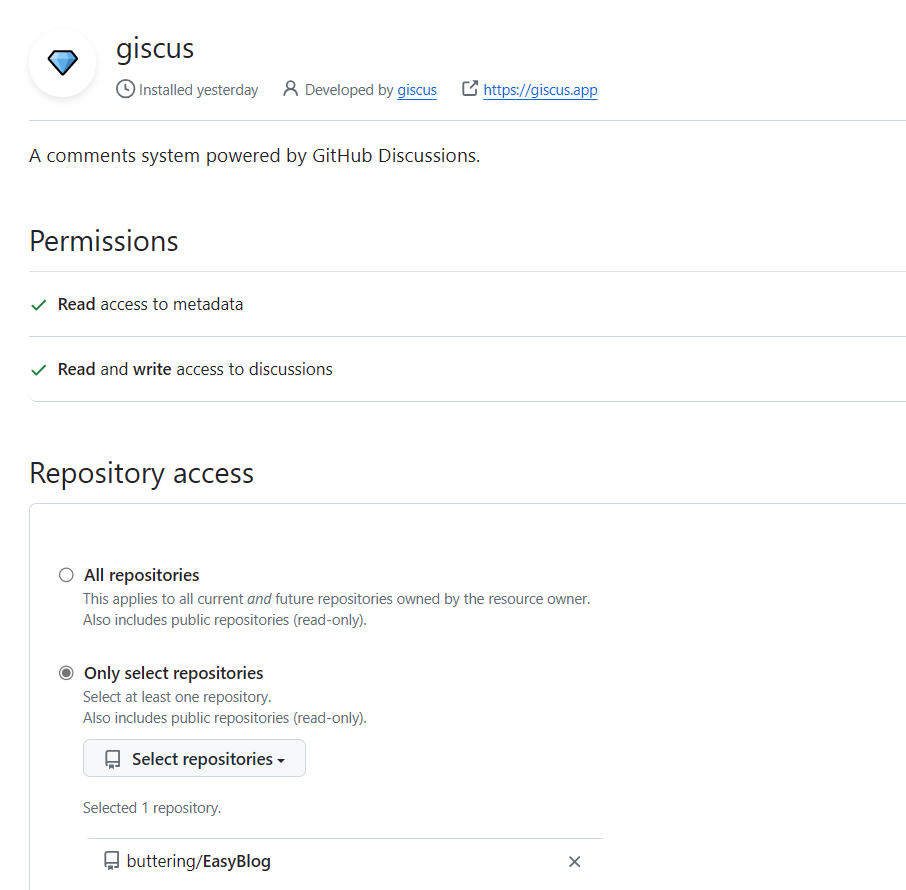
可以到 giscus仓库 检查自己的仓库是否满足giscus要求的条件。
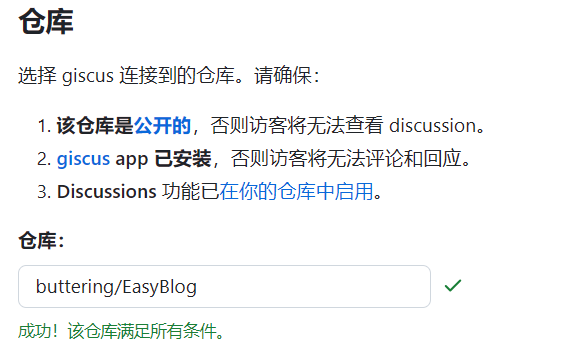
配置插件
由于使用了fluid主题,因此只需修改配置文件即可开启评论。
修改 _config.fluid.yml:
comments:enable: true# 指定的插件,需要同时设置对应插件的必要参数# The specified plugin needs to set the necessary parameters at the same time# Options: utterances | disqus | gitalk | valine | waline | changyan | livere | remark42 | twikoo | cusdis | giscus | discusstype: giscus# Giscus
# 基于 GitHub Discussions,类似于 Utterances
# Based on GitHub Discussions, similar to Utterances
# See: https://giscus.app/
giscus:repo: buttering/EasyBlogrepo-id: category: Announcementscategory-id: theme-light: lighttheme-dark: darkmapping: titlereactions-enabled: 1emit-metadata: 0input-position: bottomlang: zh-CN
在配置基于 Github Discussions 的博客评论系统时(例如 giscus),往往需要获取 repo 的 repo-id, category-id 等属性,因此这里介绍一种获取这些信息的方法
首先打开以下 Github Docs 地址:Github Docs Explorer,然后授权 Github 账户,并输入以下内容
{repository(owner: "userName", name: "repoName") {iddiscussionCategories (first: 5) {nodes {nameid}}}
}
- 将
userName换成具体的 Github 用户名; - 将
repoName换成保存评论数据的 Repo 名称。
点击运行按钮,即可得到形如 "id": "R_kgDOKjFfn1" 和 DIC_kwdOJPFfnc4CU9... 就是我们需要的 repoId 和 categoryId。
因为网站中文章的url是直接使用文章名进行定位的,如 https://buttering.github.io/EasyBlog/2022/10/15/使用plotly离线模式报错UnicodeEncodeError:gbk codec can't encode character in position的解决方法/,如果 mapping: 的值设为 pathname 或者 url,其在 github discussions中出现的标题,中文会被base64字符代替,严重影响观感,设为 title 可以解决这个问题。
6. 实现访问统计
参考Hexo-fluid主题设置统计博客阅读量与评论 - 贾明晖的博客 (minghuijia.cn)
到LeanCloud注册一个免费账户,创建一个开发板应用后,再创建一个Class(依次点击数据存储->结构化存储->创建Class),权限给到最大。
然后在设置->应用凭证里找到AppID与AppKey。
修改 _config.fluid.yml:
# 网页访问统计
# Analysis of website visitors
web_analytics: # 网页访问统计enable: true# LeanCloud 计数统计,可用于 PV UV 展示,如果 `web_analytics: enable` 没有开启,PV UV 展示只会查询不会增加leancloud:app_id: xxxapp_key: xxx# REST API 服务器地址,国际版不填server_url:# 统计页面时获取路径的属性path: window.location.pathname# 开启后不统计本地路径( localhost 与 127.0.0.1 )ignore_local: falsefooter:# 展示网站的 PV、UV 统计数statistics:enable: true
7. 网站运行时长
参考Fluid 页脚增加网站运行时长 - Hexo Theme Fluid (fluid-dev.com)
修改 _config.fluid.yml:
footer:content: '<a href="https://hexo.io" target="_blank" rel="nofollow noopener"><span>Hexo</span></a><i class="iconfont icon-love"></i><a href="https://github.com/fluid-dev/hexo-theme-fluid" target="_blank" rel="nofollow noopener"><span>Fluid</span></a><div style="font-size: 0.85rem"><span id="timeDate">载入天数...</span><span id="times">载入时分秒...</span><script src="/js/duration.js"></script></div>'
content 前三行是 Fluid 原有的页脚内容,建议不要删除,可稍作修改,保留 Fluid 的超链接,用于向更多人推广主题。
新增的div标签用于实现功能。duration.js 包含的是功能代码,我们在博客目录的 source/js 下创建 duration.js (如果没有js目录,创建即可),
如果直接创建source/js/duration.js 是无效的
针对fluid 1.9.7: 需要将 content 的 <script src="/js/duration.js"> 这行改为 <script src="<项目根目录名>/js/duration.js">,如 <script src="/EasyBlog/js/duration.js"></script>
js文件内容如下:
!(function() {/** 计时起始时间,自行修改 **/var start = new Date("2020/01/01 00:00:00");function update() {var now = new Date();now.setTime(now.getTime()+250);days = (now - start) / 1000 / 60 / 60 / 24;dnum = Math.floor(days);hours = (now - start) / 1000 / 60 / 60 - (24 * dnum);hnum = Math.floor(hours);if(String(hnum).length === 1 ){hnum = "0" + hnum;}minutes = (now - start) / 1000 /60 - (24 * 60 * dnum) - (60 * hnum);mnum = Math.floor(minutes);if(String(mnum).length === 1 ){mnum = "0" + mnum;}seconds = (now - start) / 1000 - (24 * 60 * 60 * dnum) - (60 * 60 * hnum) - (60 * mnum);snum = Math.round(seconds);if(String(snum).length === 1 ){snum = "0" + snum;}document.getElementById("timeDate").innerHTML = "本站安全运行 "+dnum+" 天";document.getElementById("times").innerHTML = hnum + " 小时 " + mnum + " 分 " + snum + " 秒";}update();setInterval(update, 1000);
})();
把 start 的时间改为自己的时间即可。
